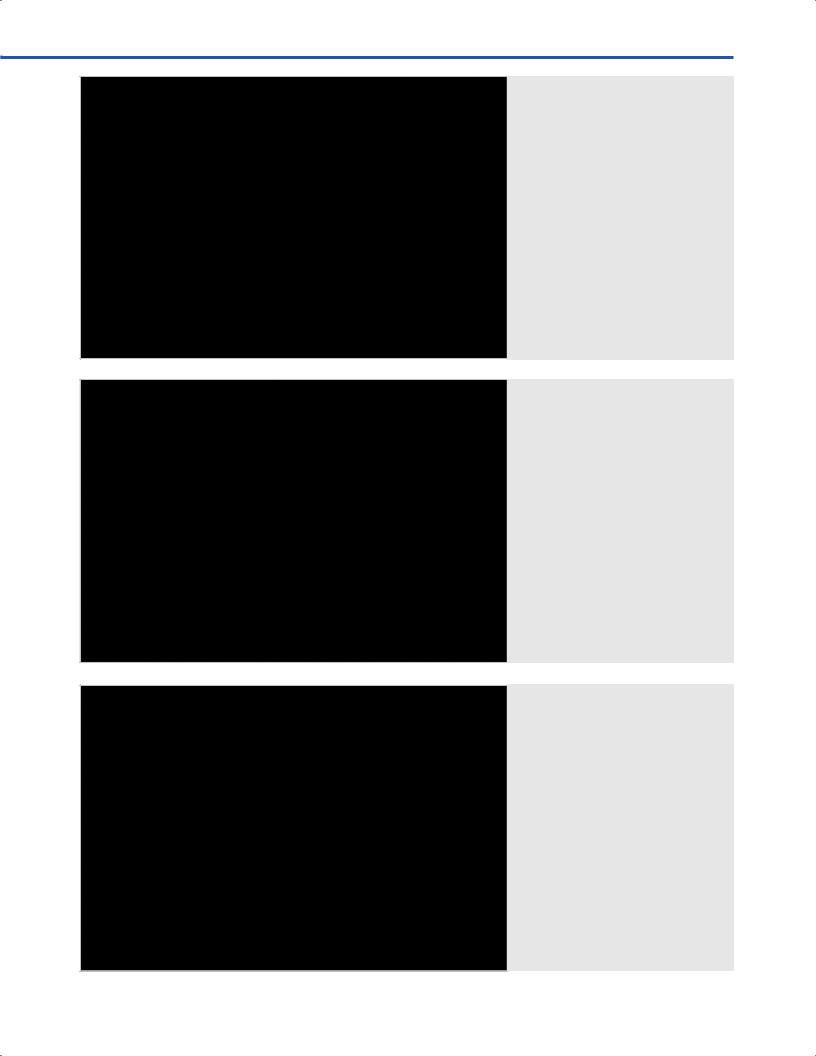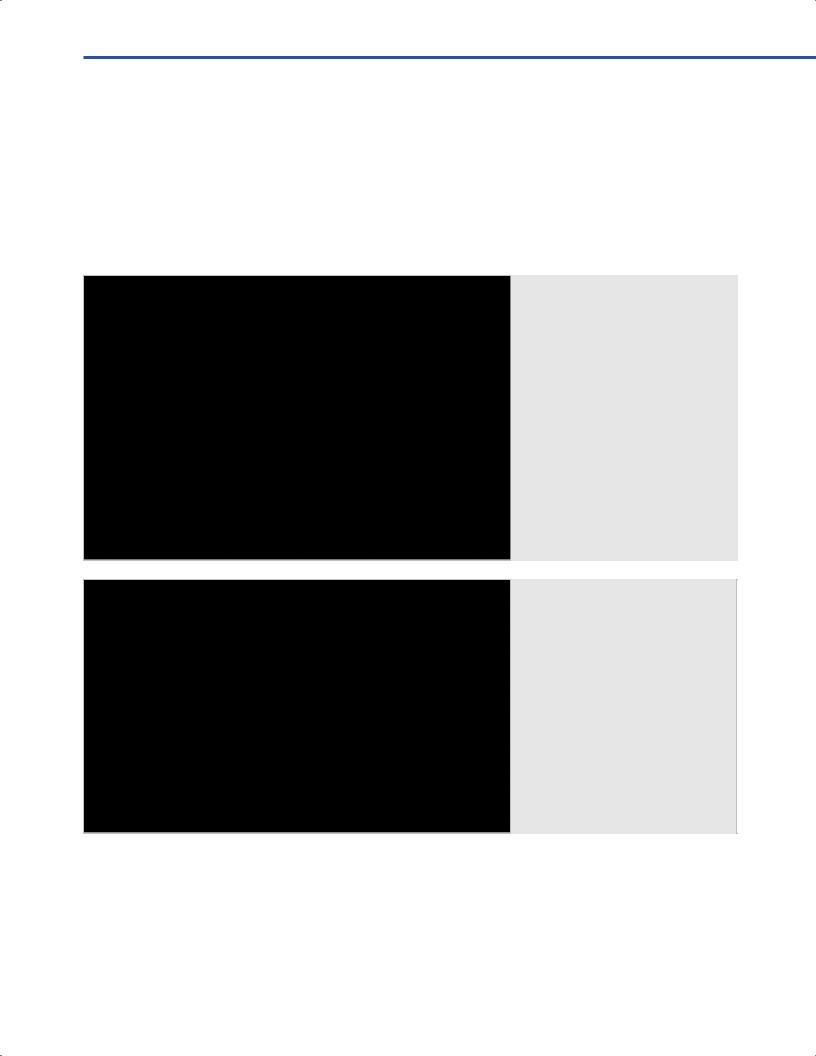
- •Operative Cranial Neurosurgical Anatomy
- •Contents
- •Foreword
- •Preface
- •Contributors
- •1 Training Models in Neurosurgery
- •2 Assessment of Surgical Exposure
- •3 Anatomical Landmarks and Cranial Anthropometry
- •4 Presurgical Planning By Images
- •5 Patient Positioning
- •6 Fundamentals of Cranial Neurosurgery
- •7 Skin Incisions, Head and Neck Soft-Tissue Dissection
- •8 Techniques of Temporal Muscle Dissection
- •9 Intraoperative Imaging
- •10 Precaruncular Approach to the Medial Orbit and Central Skull Base
- •11 Supraorbital Approach
- •12 Trans-Ciliar Approach
- •13 Lateral Orbitotomy
- •14 Frontal and Bifrontal Approach
- •15 Frontotemporal and Pterional Approach
- •16 Mini-Pterional Approach
- •17 Combined Orbito-Zygomatic Approaches
- •18 Midline Interhemispheric Approach
- •19 Temporal Approach and Variants
- •20 Intradural Subtemporal Approach
- •21 Extradural Subtemporal Transzygomatic Approach
- •22 Occipital Approach
- •23 Supracerebellar Infratentorial Approach
- •24 Endoscopic Approach to Pineal Region
- •25 Midline Suboccipital Approach
- •26 Retrosigmoid Approach
- •27 Endoscopic Retrosigmoid Approach
- •29 Trans-Frontal-Sinus Subcranial Approach
- •30 Transbasal and Extended Subfrontal Bilateral Approach
- •32 Surgical Anatomy of the Petrous Bone
- •33 Anterior Petrosectomy
- •34 Presigmoid Retrolabyrinthine Approach
- •36 Nasal Surgical Anatomy
- •37 Microscopic Endonasal and Sublabial Approach
- •38 Endoscopic Endonasal Transphenoidal Approach
- •39 Expanded Endoscopic Endonasal Approach
- •41 Endoscopic Endonasal Odontoidectomy
- •42 Endoscopic Transoral Approach
- •43 Transmaxillary Approaches
- •44 Transmaxillary Transpterygoid Approach
- •45 Endoscopic Endonasal Transclival Approach with Transcondylar Extension
- •46 Endoscopic Endonasal Transmaxillary Approach to the Vidian Canal and Meckel’s Cave
- •48 High Flow Bypass (Common Carotid Artery – Middle Cerebral Artery)
- •50 Anthropometry for Ventricular Puncture
- •51 Ventricular-Peritoneal Shunt
- •52 Endoscopic Septostomy
- •Index

20 Intradural Subtemporal Approach
Erin McCormack, Isabella Esposito, Filippo Gagliardi, Pietro Mortini, Anthony J. Caputy, and Cristian Gragnaniello
20.1 Introduction
The subtemporal approach is a lateral approach that provides access to the middle cranial fossa through a single burr hole craniotomy. This approach can be used to access peri-peduncular segments of the posterior cerebral artery (as demonstrated here), as well as for aneurysms of the superior cerebellar and basilar arteries and tumors found within this neuroanatomical location. This approach also provides extensive access to the temporal lobe for epilepsy surgery.
20.2 Indications
•Basilar apex aneurysm.
•Posterior cerebral artery aneurysm.
•Superior cerebellar and basilar artery aneurysm.
•Anteromedial tentorial meningiomas.
•Petroclival tumors.
•Posterior cavernous sinus lesion.
•Epilepsy surgery.
20.3 Patient Positioning
•Either the lateral or supine position can be used for this approach.
•The Authors prefer the full lateral as it is felt that gravity can be used to have the temporal lobe “fall away” more with less retraction needed to reach its undersurface.
20.3.1 Full Lateral
•Position: The patient is positioned in the full lateral position with the dependent arm and shoulder superior to the
edge of the operating table supported in a sling. The axilla
is cushioned with a roll. The superior shoulder is gently displaced inferiorly. The recumbent malleolus is padded.
•Head: The head is pinned in the anterior-posterior direction in the Mayfeld clamp. The head is tilted 90° to be parallel with the foor. The head is then tilted 10° toward the foor.
•A 2 cm wide strip is shaved along the planned incision.
20.3.2 Supine
•Position: The patient is positioned supine with the ipsilateral shoulder supported with a shoulder roll.
•Head: The head is pinned in the anterior-posterior direction in the Mayfeld clamp. The head is tilted 90° to be parallel with the foor. The head is then tilted 20° toward the foor with the zygoma as the most superior point in the surgical feld.
20.4 Skin Incision (Fig. 20.1)
Diferent skin incisions are possible. Our preference is to use a straight vertical incision as it is easier to reconstruct and cosmetically more acceptable with less chances of skin breakdown.
•Vertical incision
○Starting point: Incision starts at the superior temporal line.
○Course: Incision line runs perpendicular to the zygoma and extends inferiorly to the level of the zygomatic arch, anterior to the tragus.
○Ending point: It ends at the level of the zygomatic arch.
•Horseshoe incision
○Starting point: Incision starts at the root of the zygoma anterior to the tragus.
○Course: Incision line runs superiorly to the superior temporal line and then extends posteriorly above the pinna curving 2 cm behind the mastoid.
○Ending point: It ends at the level of the mastoid.
Fig. 20.1 Skin incision.
Abbreviations: STL = superior temporal line;
T = tragus; Z = zygoma.
123

III Cranial Approaches
20.4.1 Critical Structures
•Superfcial temporal artery.
•Upper branch of the facial nerve at the level of the zygomatic arch.
20.5 Soft Tissue Dissection (Figs. 20.2–20.4)
•Myofascial and muscular layers
○The skin is incised to the layer of the galea aponeurotica to expose the superfcial temporal artery; both are cut to expose the temporal fascia (Figs. 20.2, 20.3).
○The temporal fascia is incised in a subfascial T-shaped incision with the horizontal portion superior and the vertical portion extending inferiorly towards the zygoma.
○The temporal muscle is dissected from the zygoma in a subperiosteal plane and the muscle fbers are refected anteriorsuperiorly, posterior-superiorly, and laterally (Fig. 20.4).
•Bone exposure
○Subperiosteal dissection is continued until the squamous temporal bone is exposed (Fig. 20.5).
20.6 Craniotomy (Fig. 20.6)
•Burr hole
○A single burr hole is made anterior to the tragus at the root of the zygoma.
•Craniotomy landmarks (Fig. 20.6)
○Superiorly: Superfcial temporal line.
○Inferiorly: Superior to the zygoma (temporo-basal line).
○Anteriorly: The anterior edge of the craniotomy is tailored to the location and extent of the pathology that is being treated.
○Posteriorly: Plane of the external auditory canal.
20.7 Dural Opening (Fig. 20.7)
•The dura is opened in a C-shaped incision.
•The dural faps are refected anterior-inferiorly and posteri- or-inferiorly and tacked with sutures.
20.7.1 Critical Structures
•Temporal cortical veins.
•Vein of Labbé if approaching the dominant hemisphere.
Fig. 20.2 Soft tissue dissection.
Abbreviations: G = galea aponeurotica;
S = skin; ST al temporal artery;
TMF = temporal muscle fascia.
Fig. 20.3 Myofascial and muscle dissection. Abbreviations: D = dissector; G = galea aponeurotica; S = skin; ST al tem - poral artery; TMF = temporal muscle fascia.
124

20 Intradural Subtemporal Approach
Fig. 20.4 Temporal muscle incision. Abbreviations: G = galea aponeurotica; S = skin; TM = temporal muscle; TMF = temporal muscle fascia; TSq = temporal squama.
Fig. 20.5 Bone exposure.
Abbreviations: PB = parietal bone; S = skin; SS = squamosal suture; STL = superior temporal line; TM = temporal muscle; TSq = temporal squama.
Fig. 20.6 Craniotomy.
Abbreviations: BH = burr hole; S = skin; SS = squamosal suture; STL = superior temporal line; TM = temporal muscle; TSq = temporal squama.
125

III Cranial Approaches
20.8 Intradural Exposure (Figs. 20.8, 20.9)
•Parenchymal structures: Temporal lobe (superior, inferior and middle temporal gyri), lateral surface of the midbrain.
•Dural layer: Free edge of the tentorium.
•Arachnoidal layer: Ambiens and cruralis cisterns.
•Cranial nerves: Trochlear nerve is visible at the free edge of the tentorium as it crosses over the basilar artery superior to the superior cerebellar artery and inferior to the posterior cerebral artery and posterior communicating artery.
•Arteries: Posterior communicating artery (PCom), superfcial cerebellar arteries, P2 segment of the posterior cerebral artery (PCA), P3 segment of the posterior cerebral artery, superior cerebellar artery (SCA) with its arachnoid sheath, origin of the lateral posterior choroidal artery (LPChA), and the quadrigeminal artery.
•Veins: Lateral ponto-mesencephalic vein and basal vein of Rosenthal.
20.9 Pearls
•Craniotomy can be adjusted for further visualization of the brainstem and posterior fossa.
Fig. 20.7 Dural opening.
Abbreviations: D = dura; ITG = inferior temporal gyrus; MTG = middle temporal gyrus; S = skin; STG = superior temporal gyrus; STL = superior temporal line; TM = temporal muscle.
Fig. 20.8 Intradural exposure. Step 1. Abbreviations: CP = cerebral peduncle;
H = hyppocampus; ITG = inferior temporal gyrus; PCA = posterior cerebral artery; PLCA = posterior lateral choroidal artery; PTA = posterior temporal artery;
R = retractor; TM = temporal muscle; TNT = tentorium.
126

20 Intradural Subtemporal Approach
Fig. 20.9 Intradural exposure. Step 2. Abbreviations: CH = cerebellar hemisphere; CP = cerebral peduncle; H = hyppocampus; ITG = inferior temporal gyrus; IV = trochlear nerve; PCA = posterior cerebral artery; PLCA = posterior lateral choroidal artery; PTA = posterior temporal artery; R = retractor; SCA = superior cerebellar artery; SVA = superior vermian artery; TNT = tentorium.
References |
2. Nader R, Gragnaniello C, Berta SC, et al, eds. Neurosurgery |
|
|
|
Tricks of the Trade: Cranial. New York, NY: Thieme Medical |
1. Fossett D, Caputy AJ. Operative neurosurgical anatomy. |
Publisher; 2014 |
New York, NY: Thieme Medical Publisher; 2002 |
|
127
